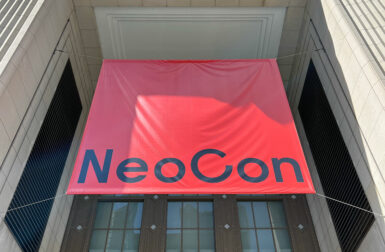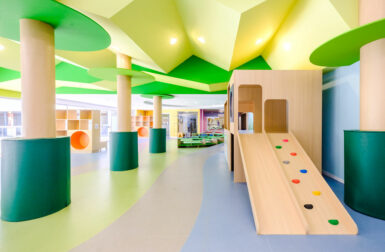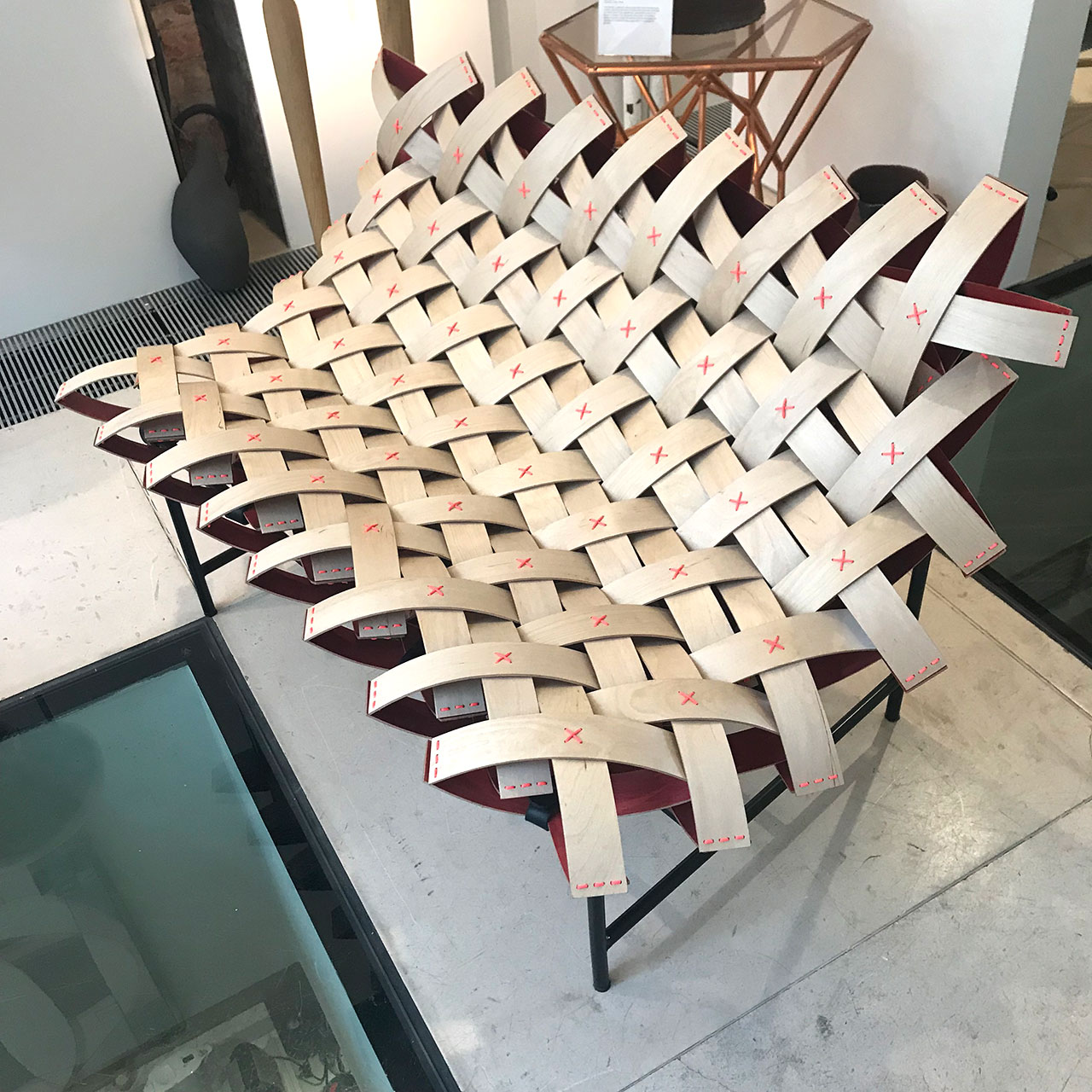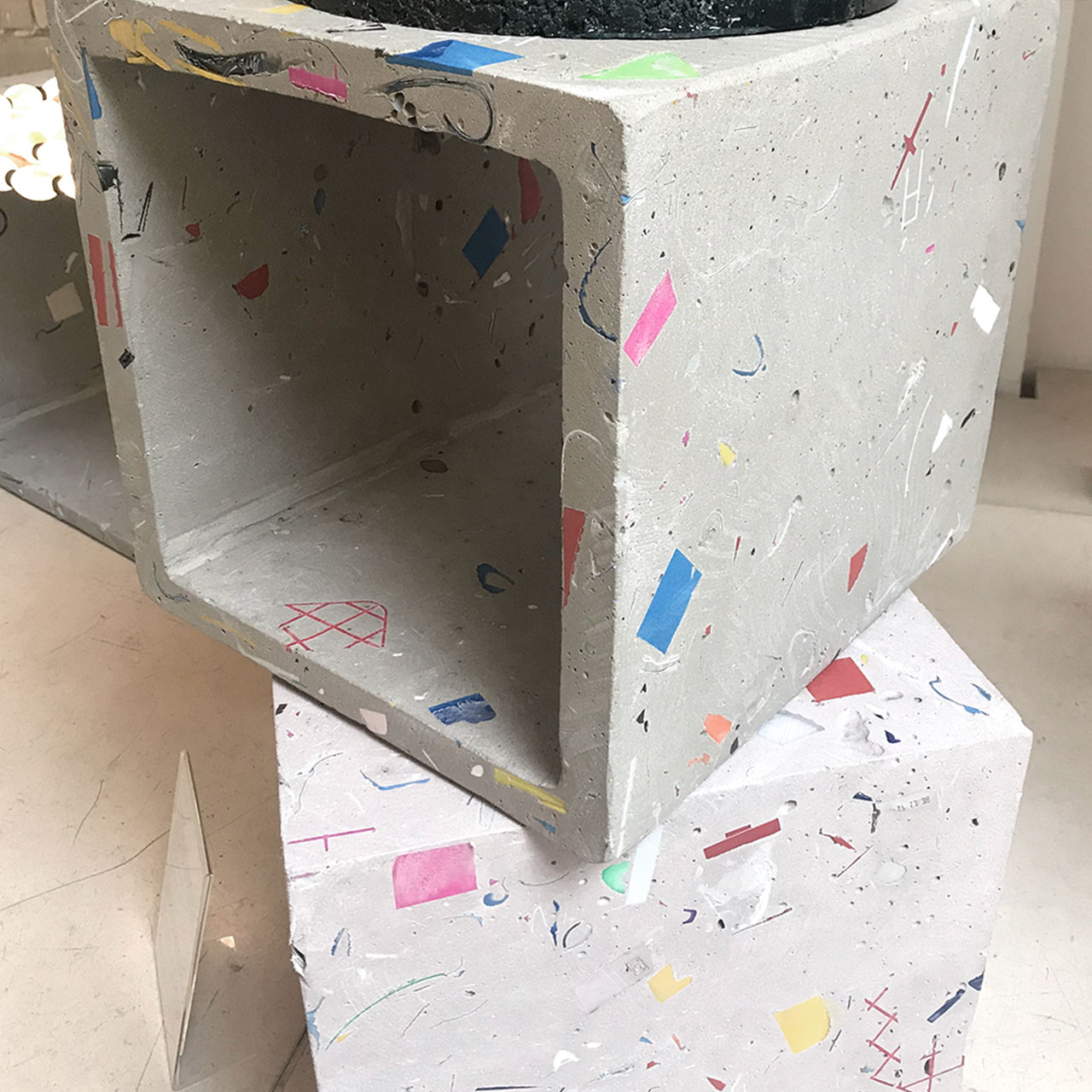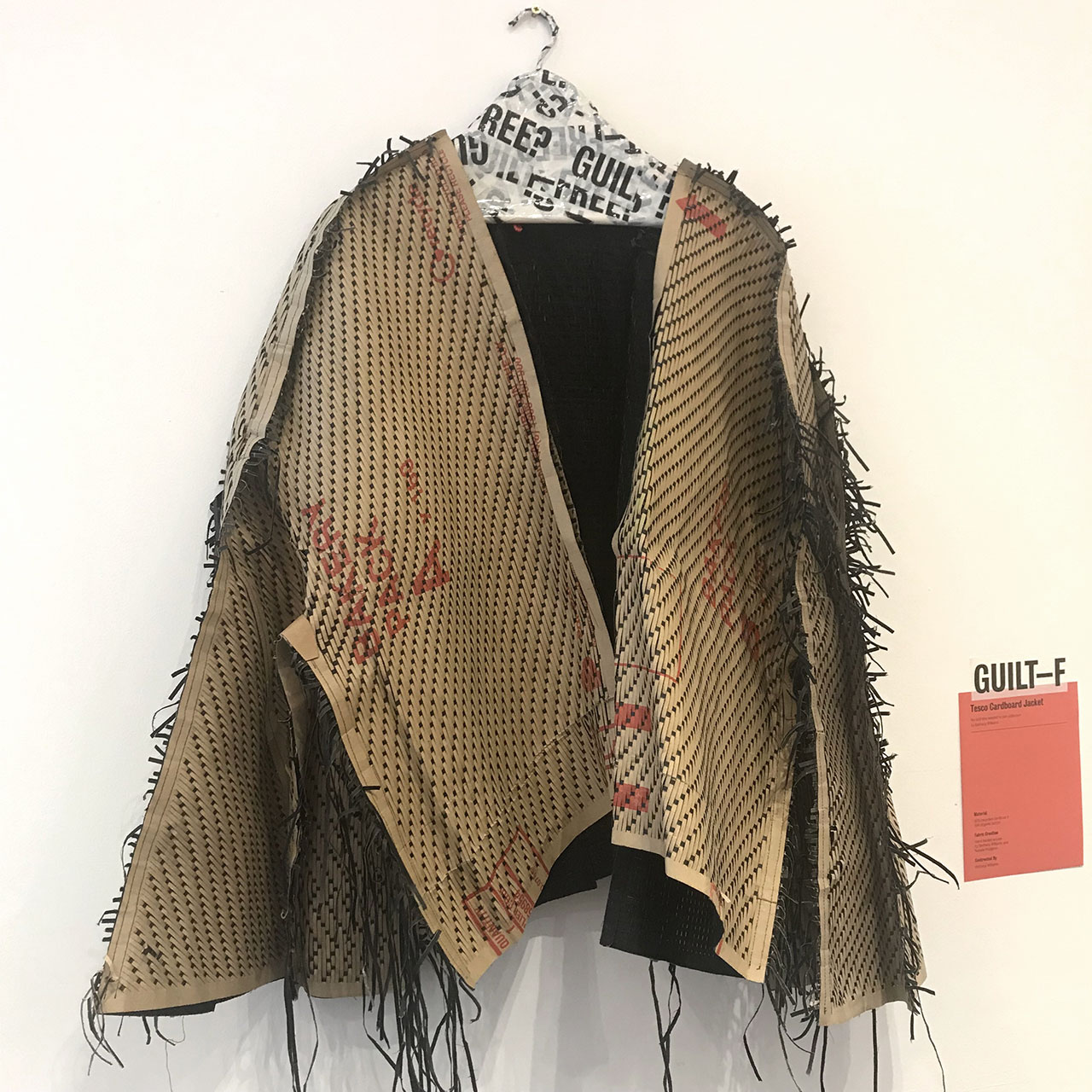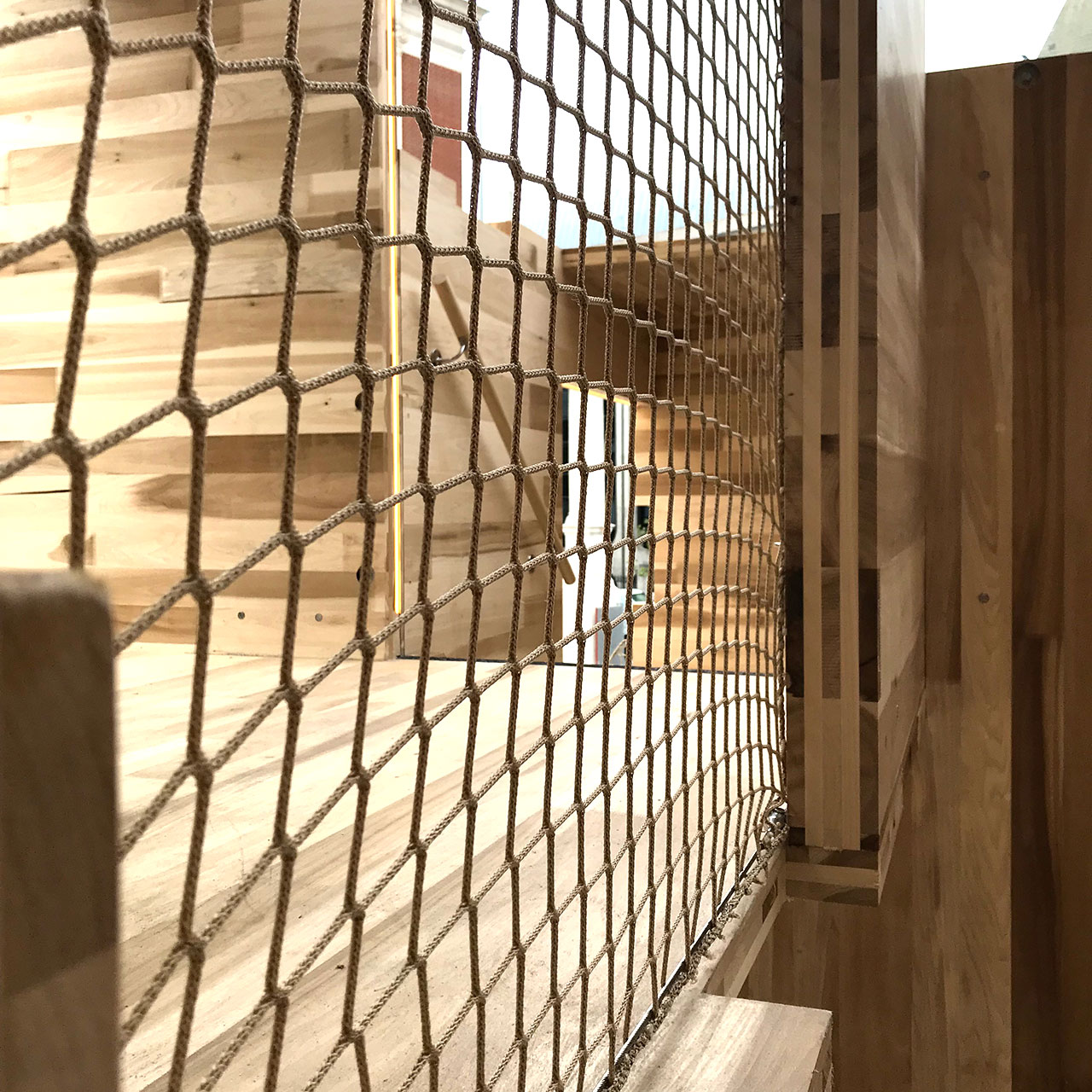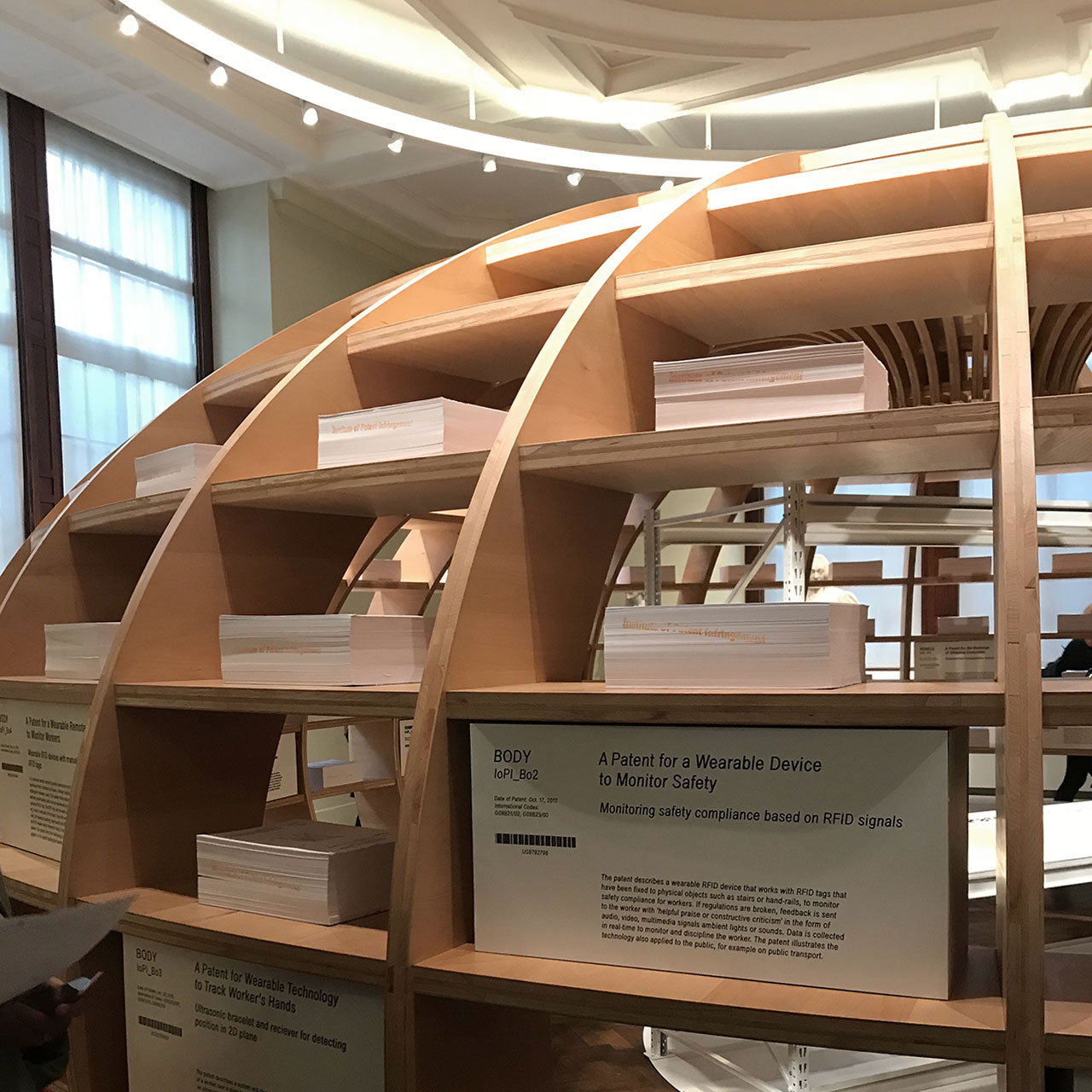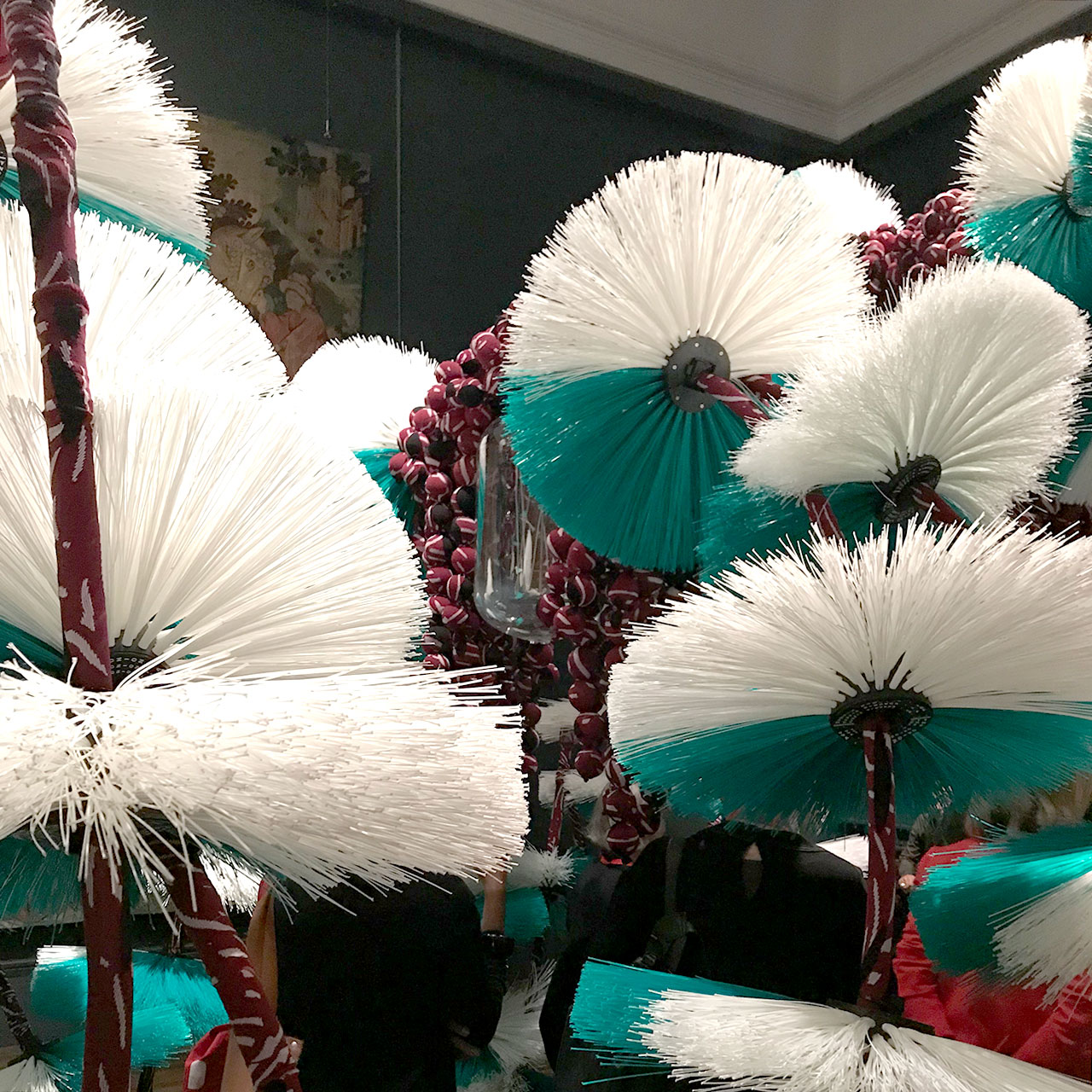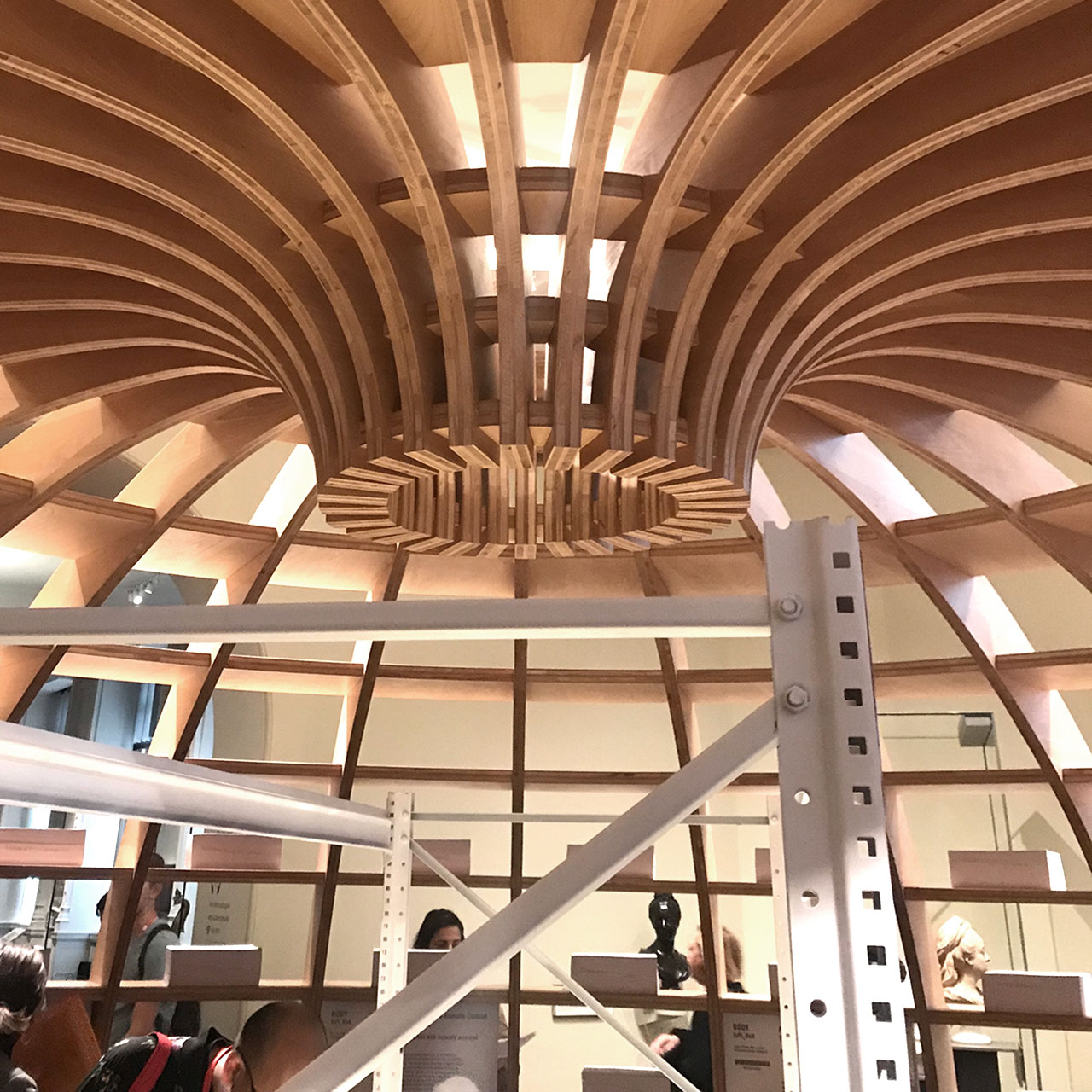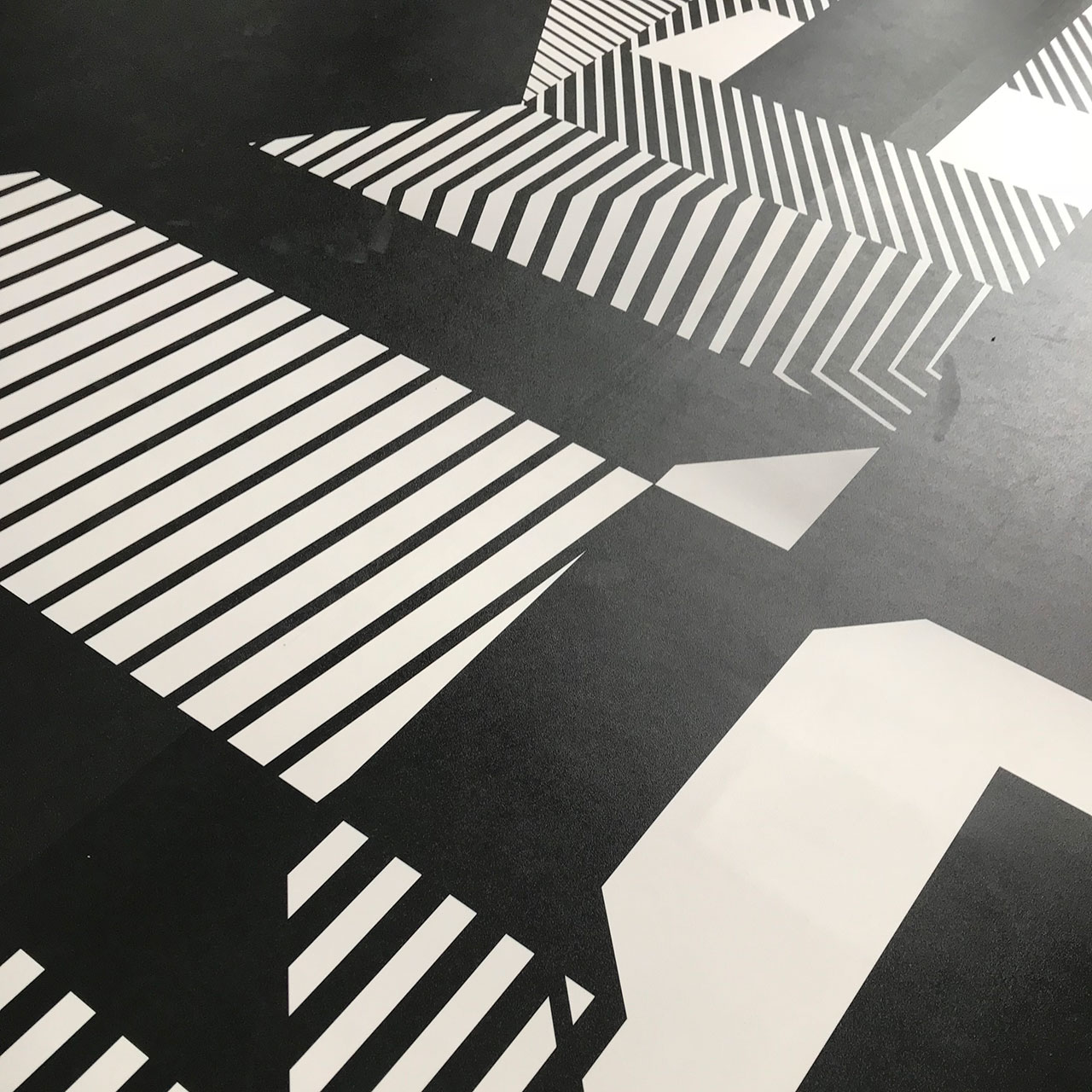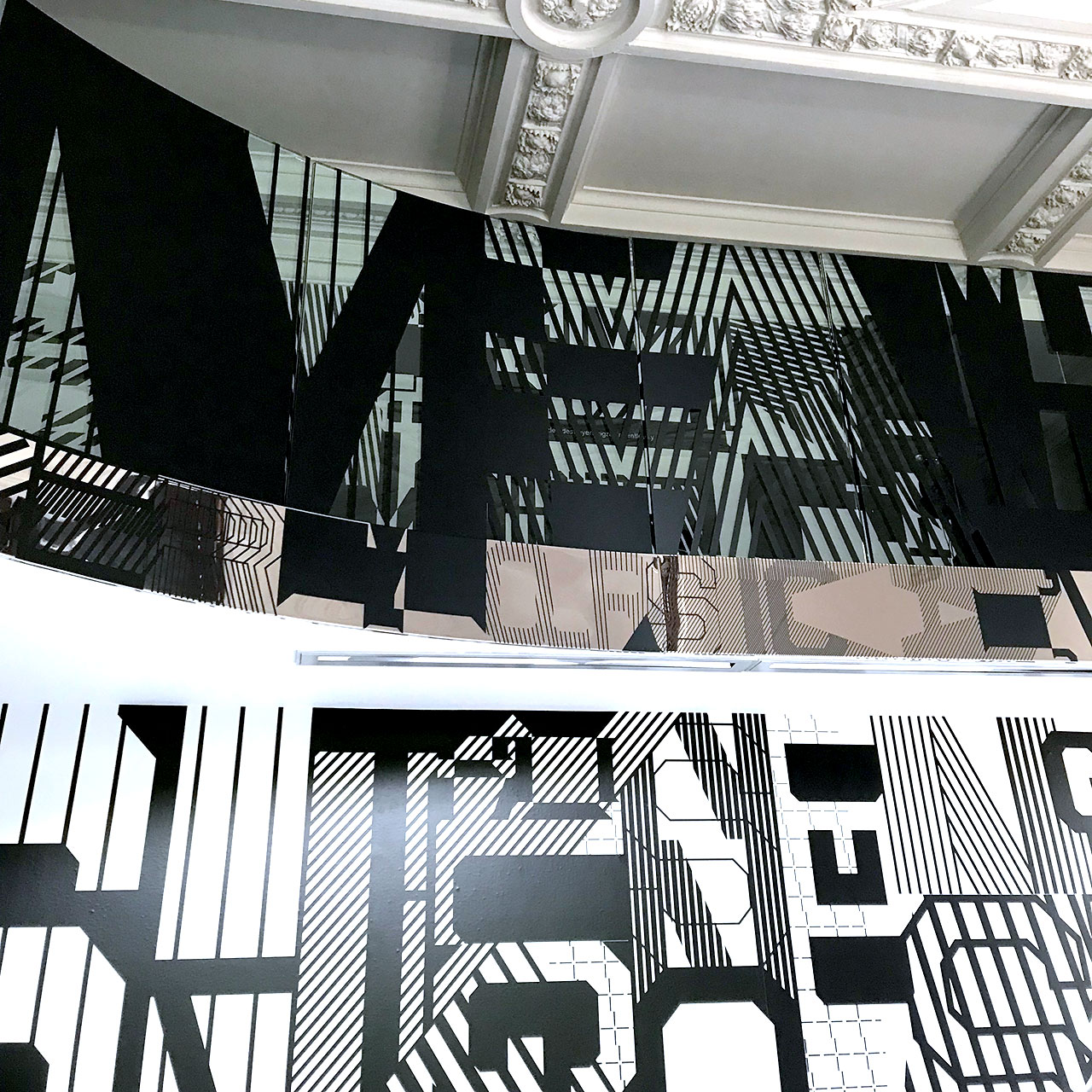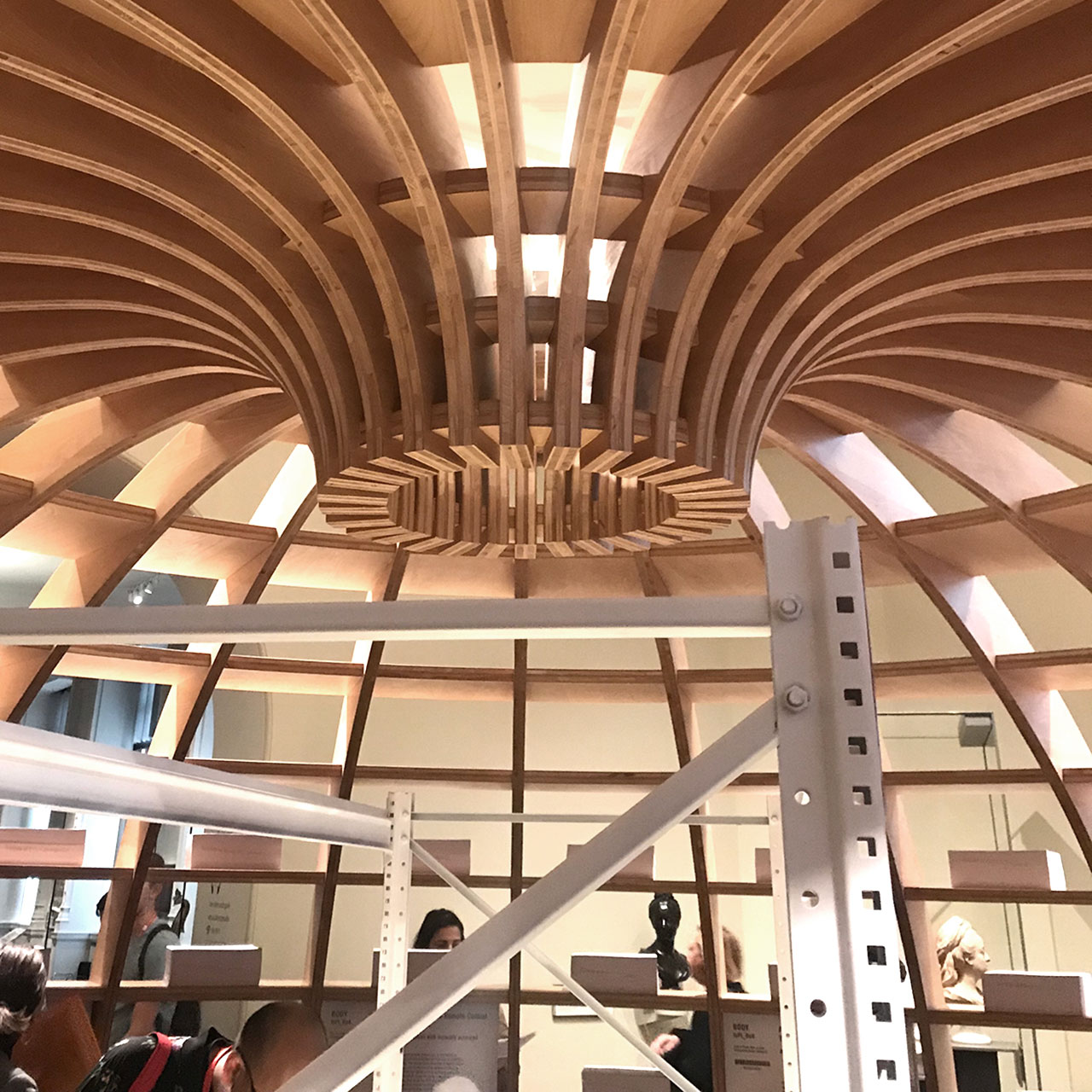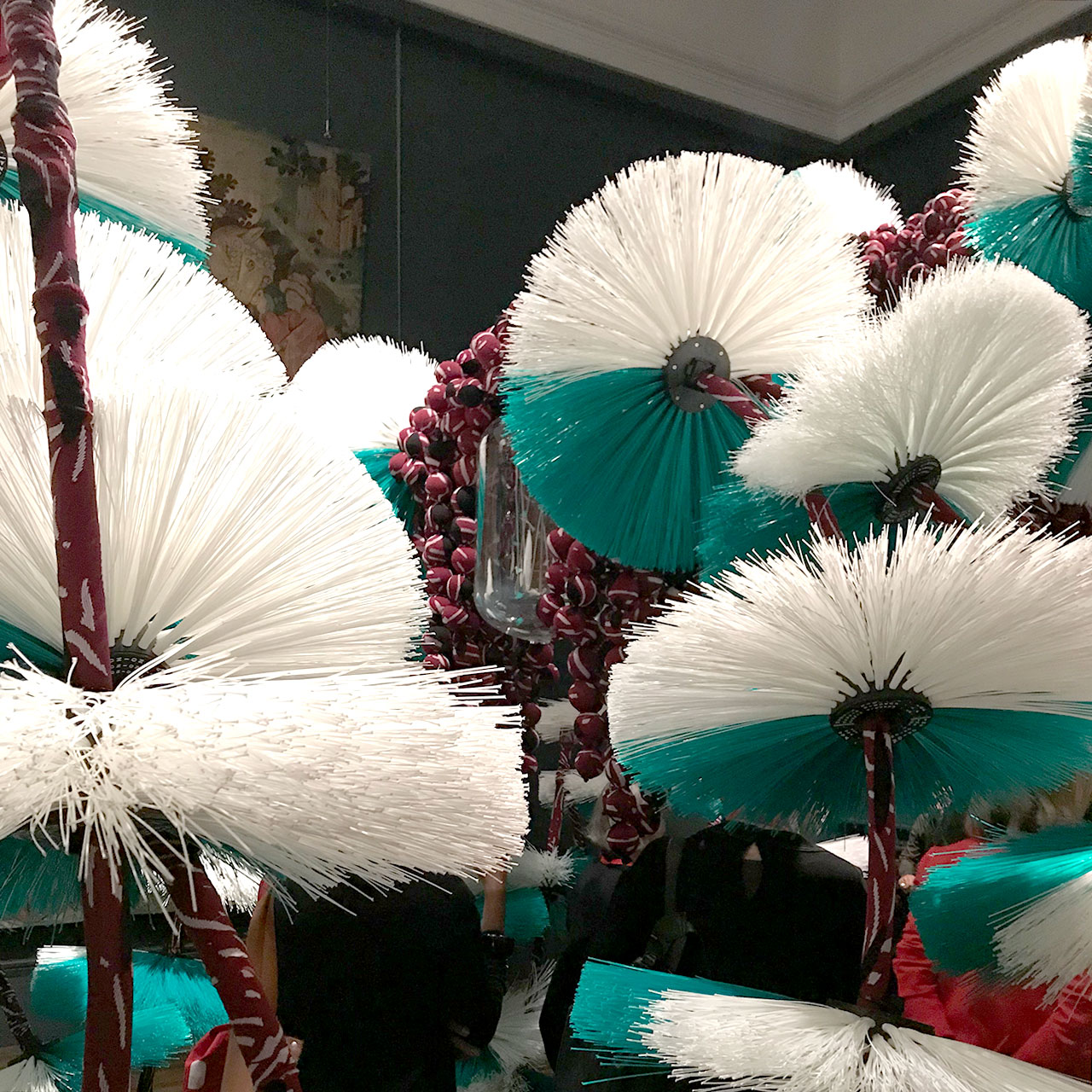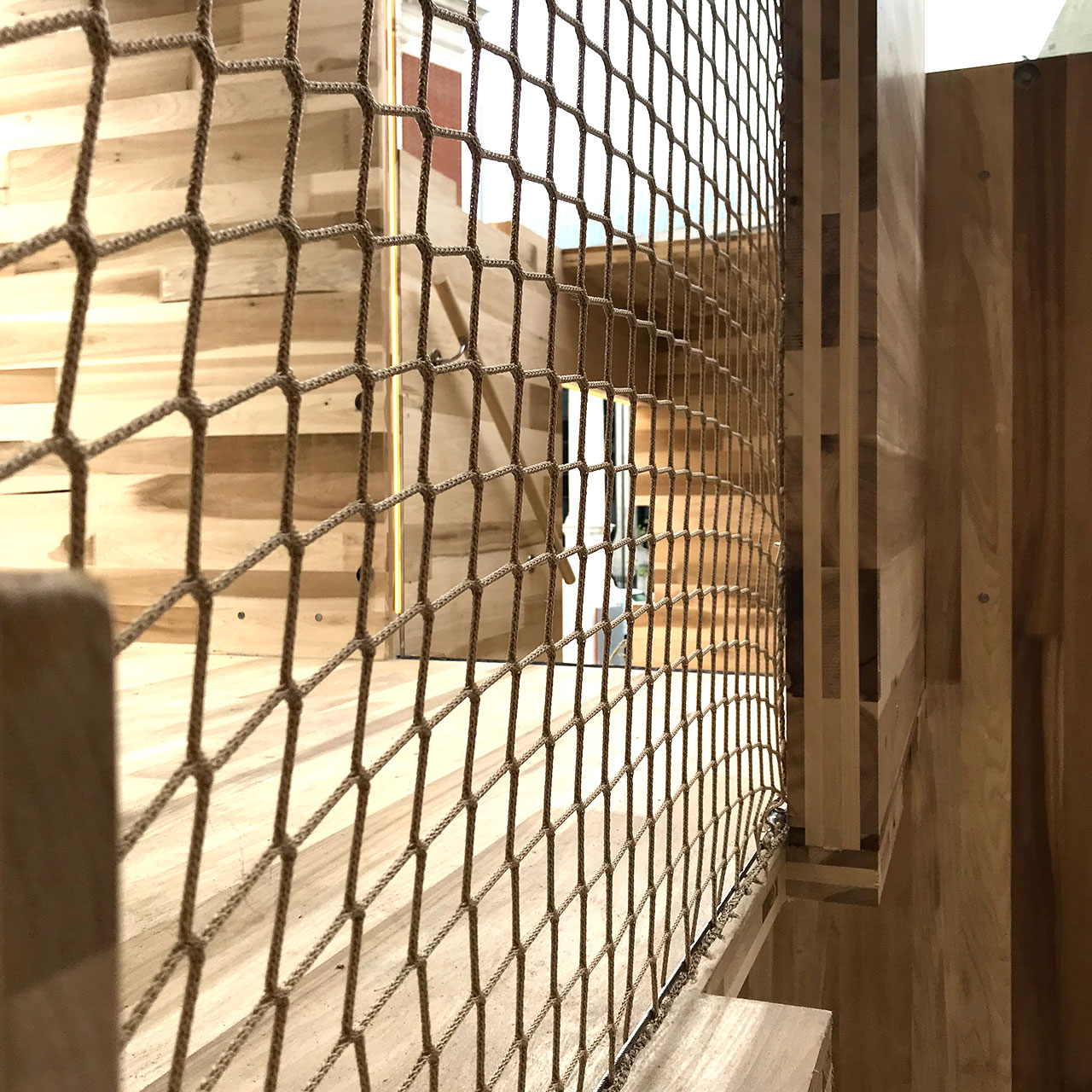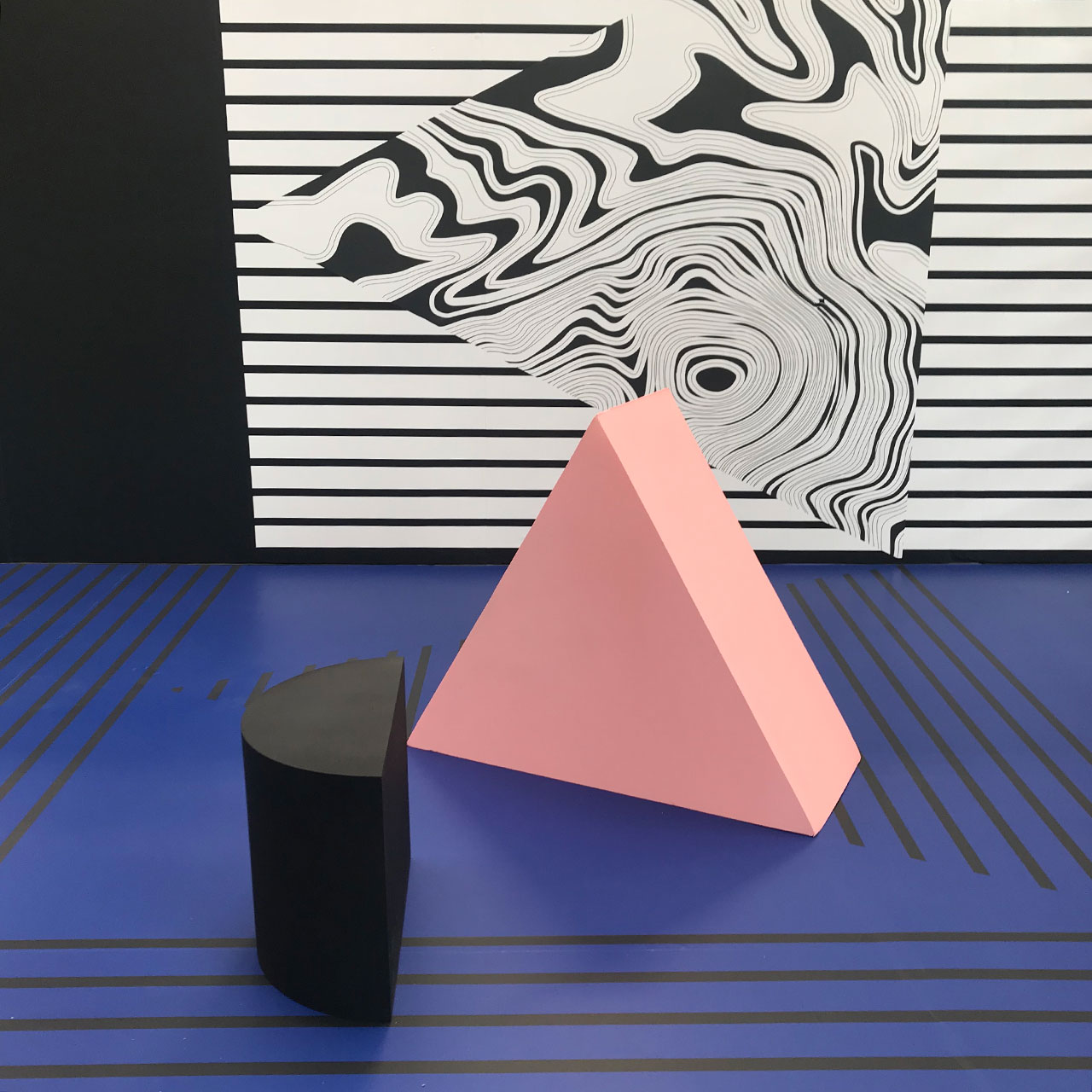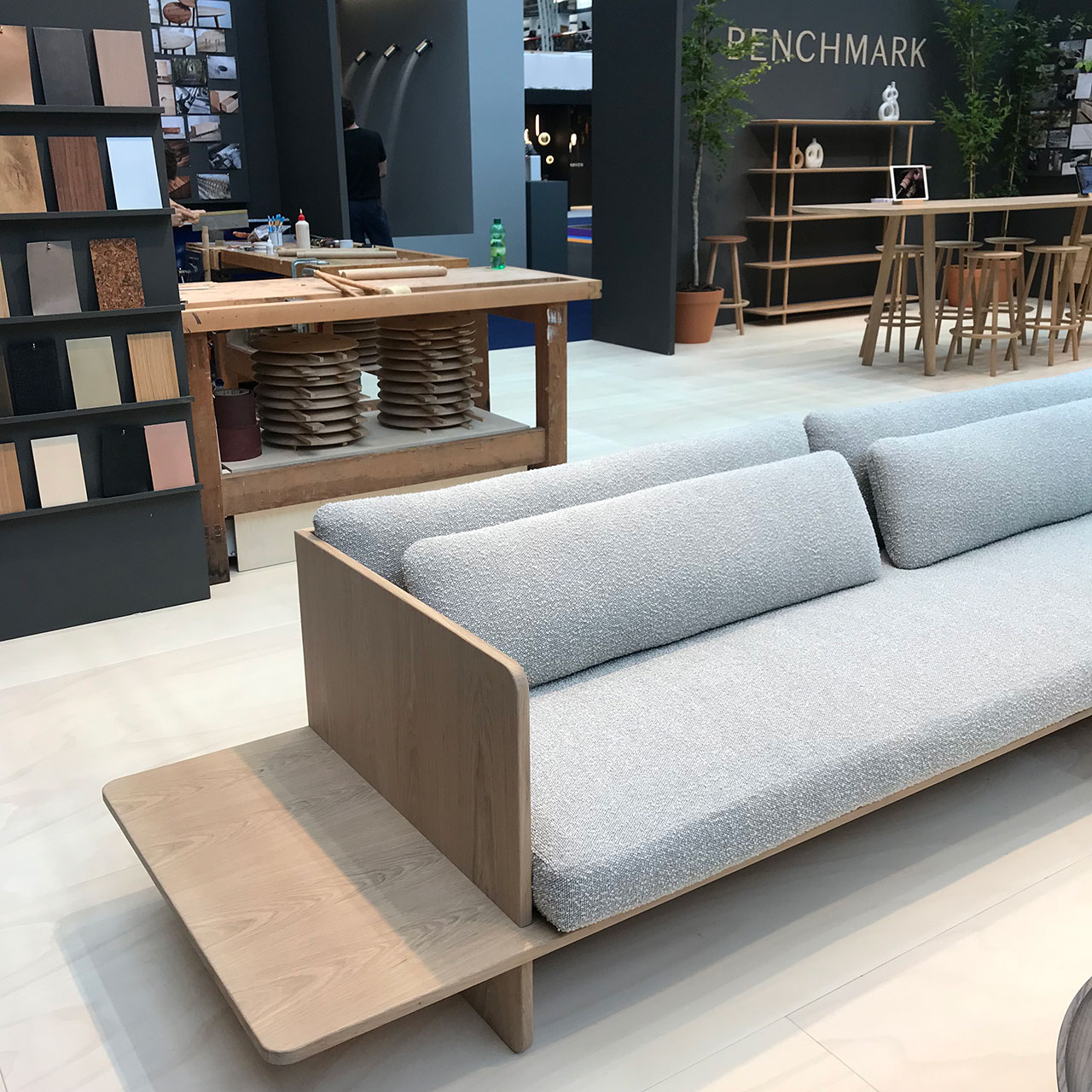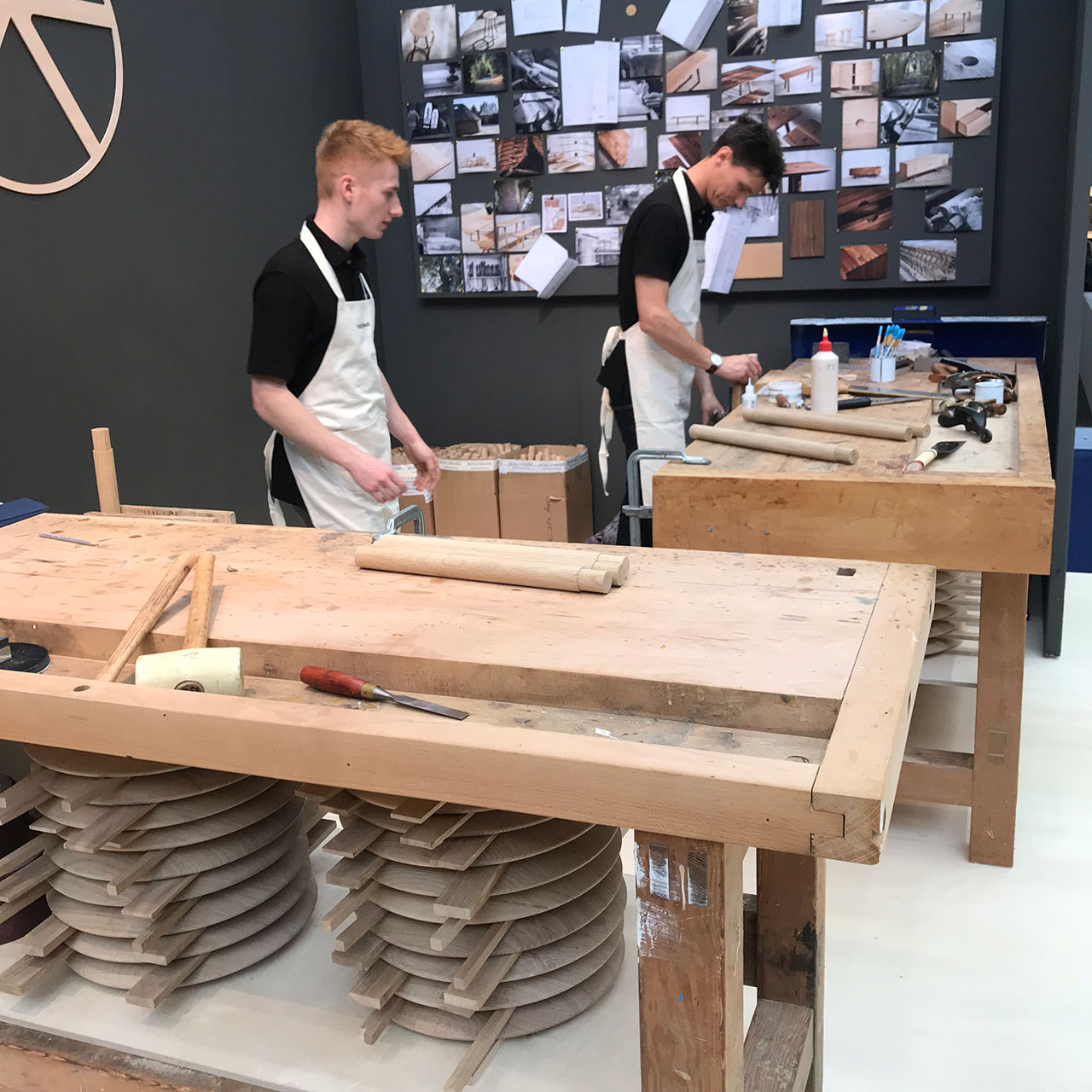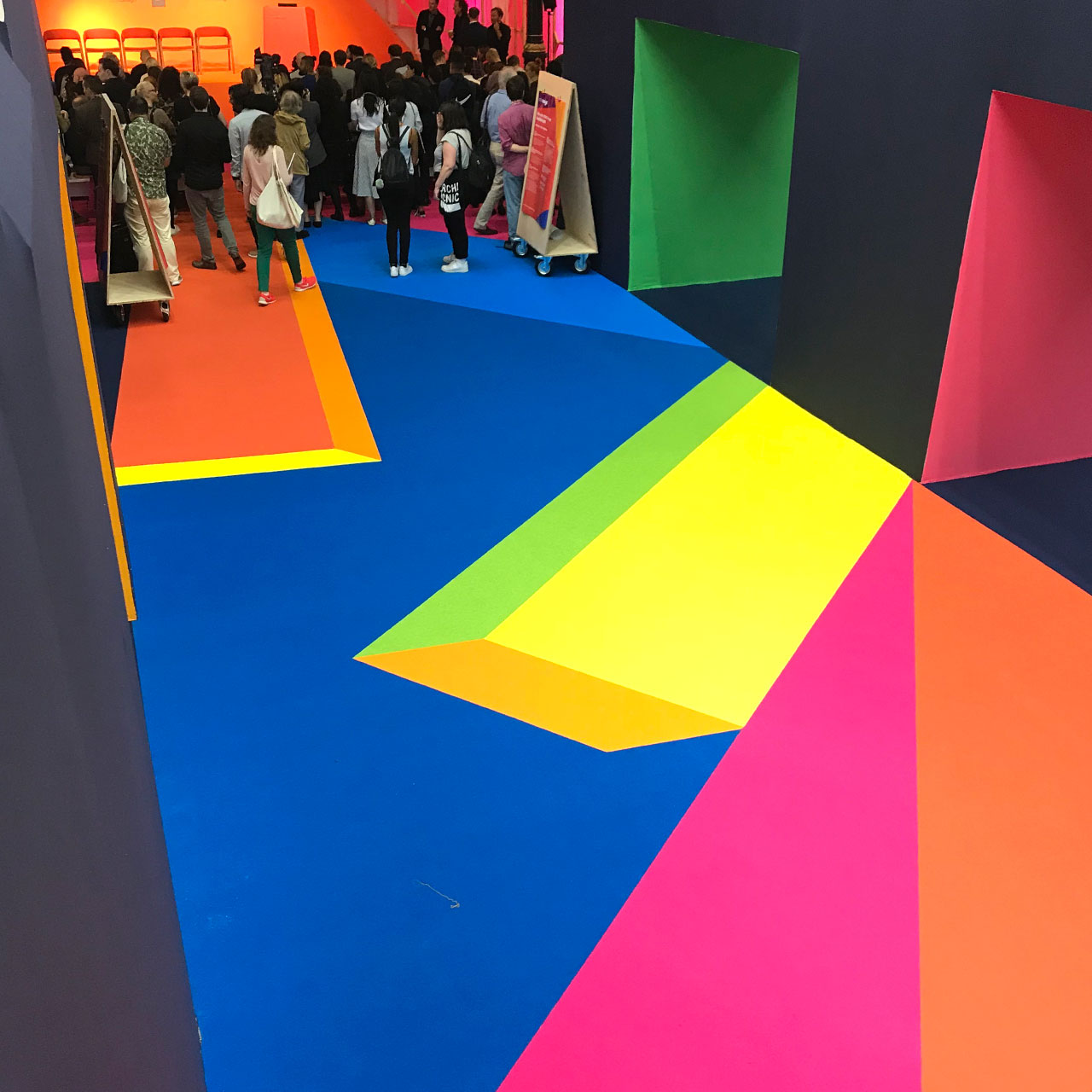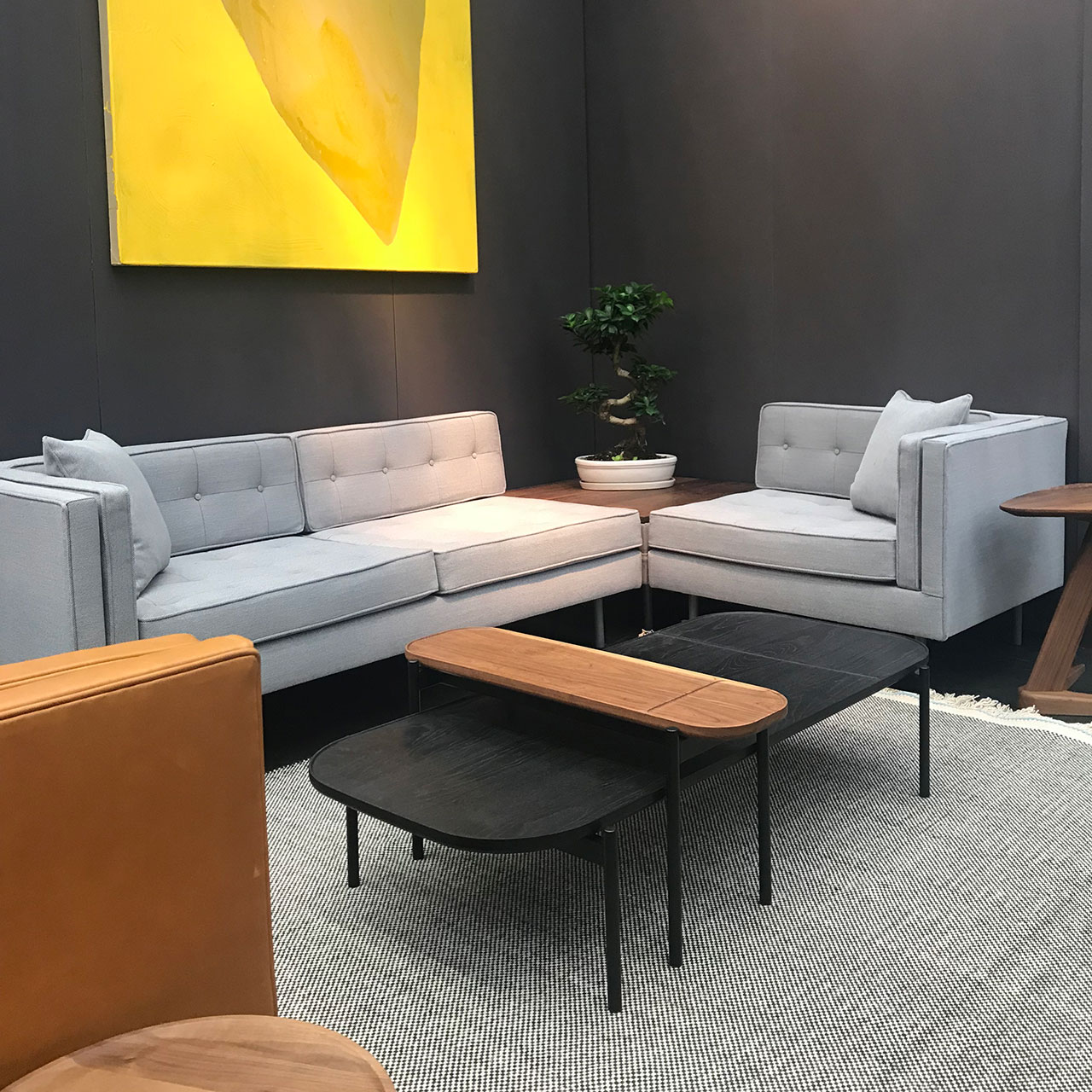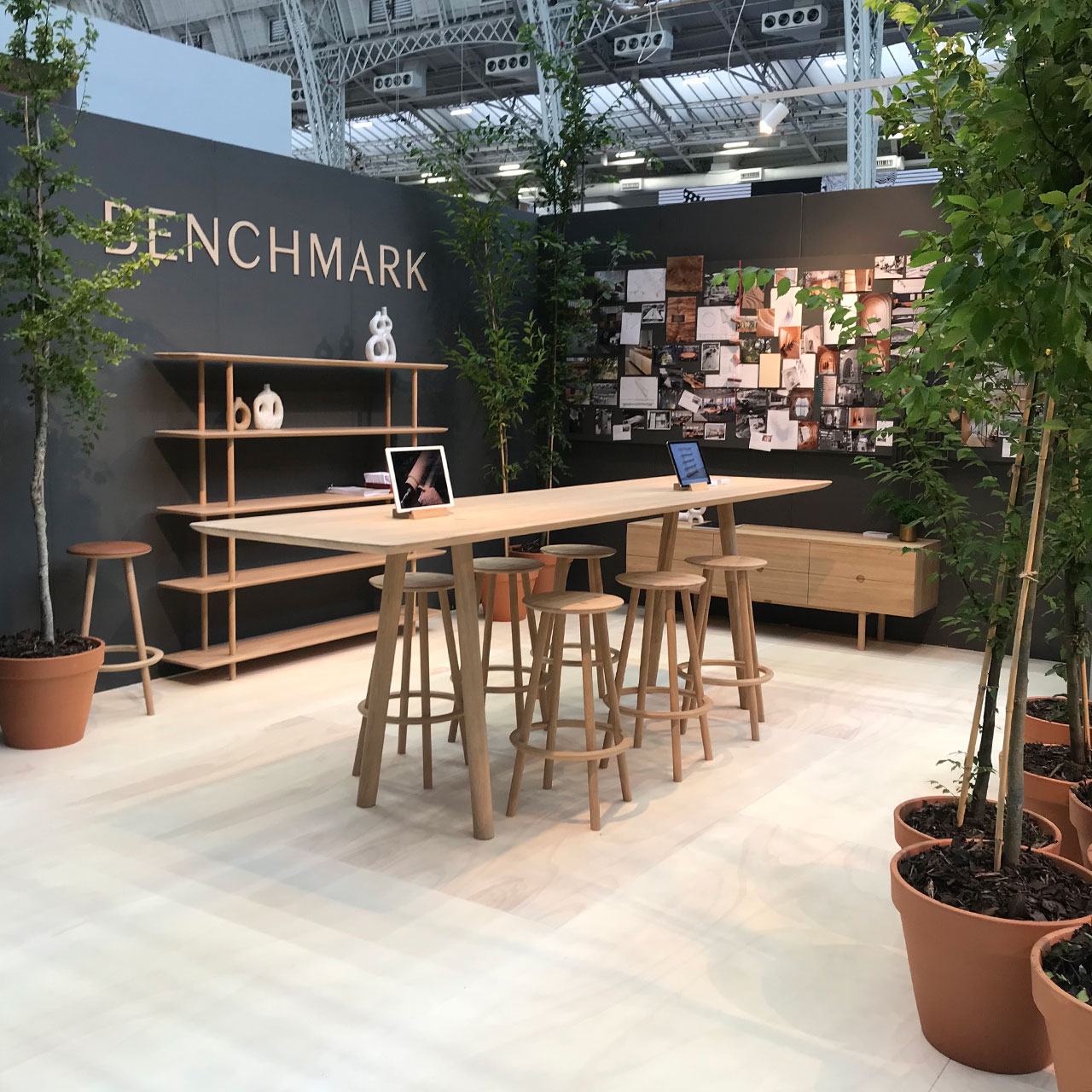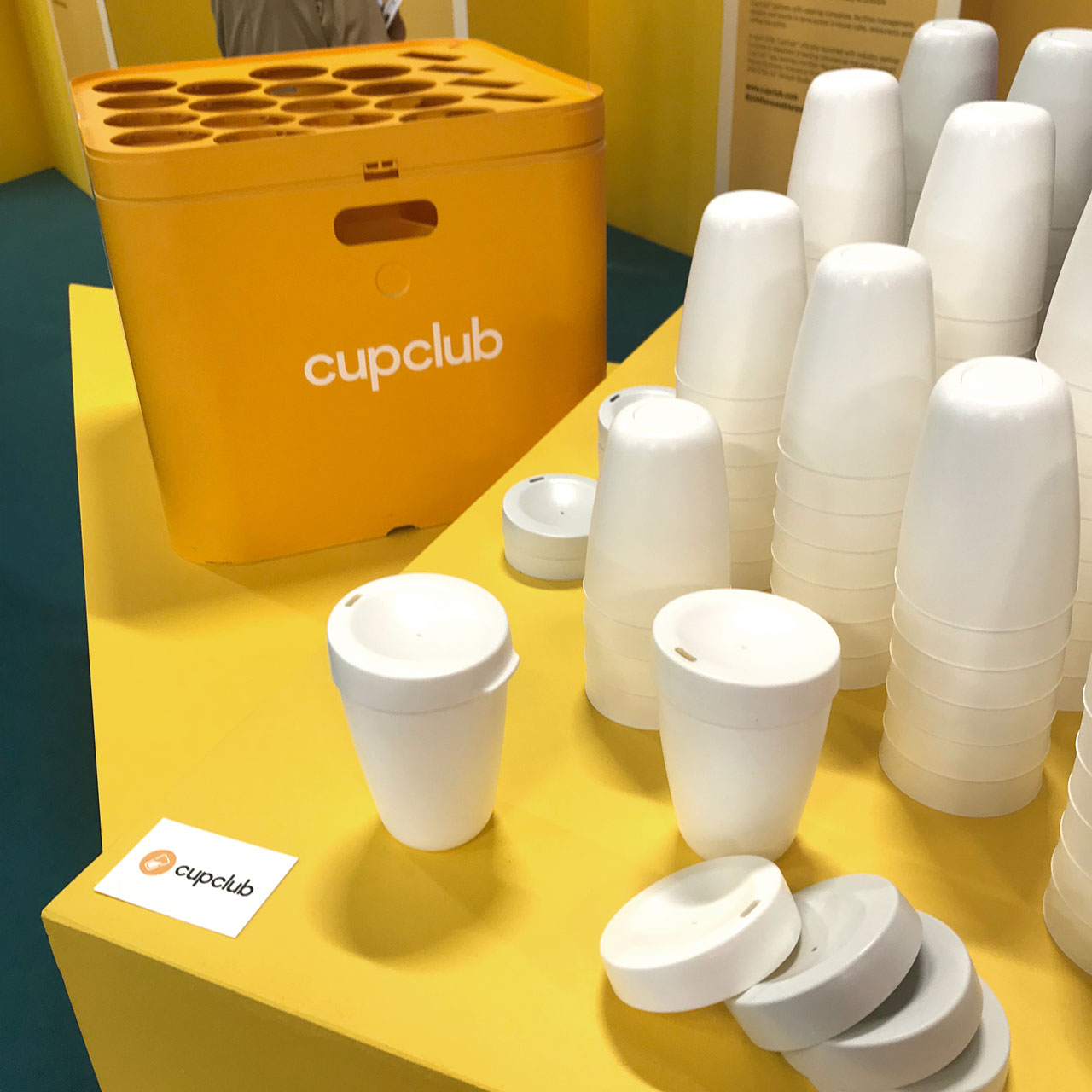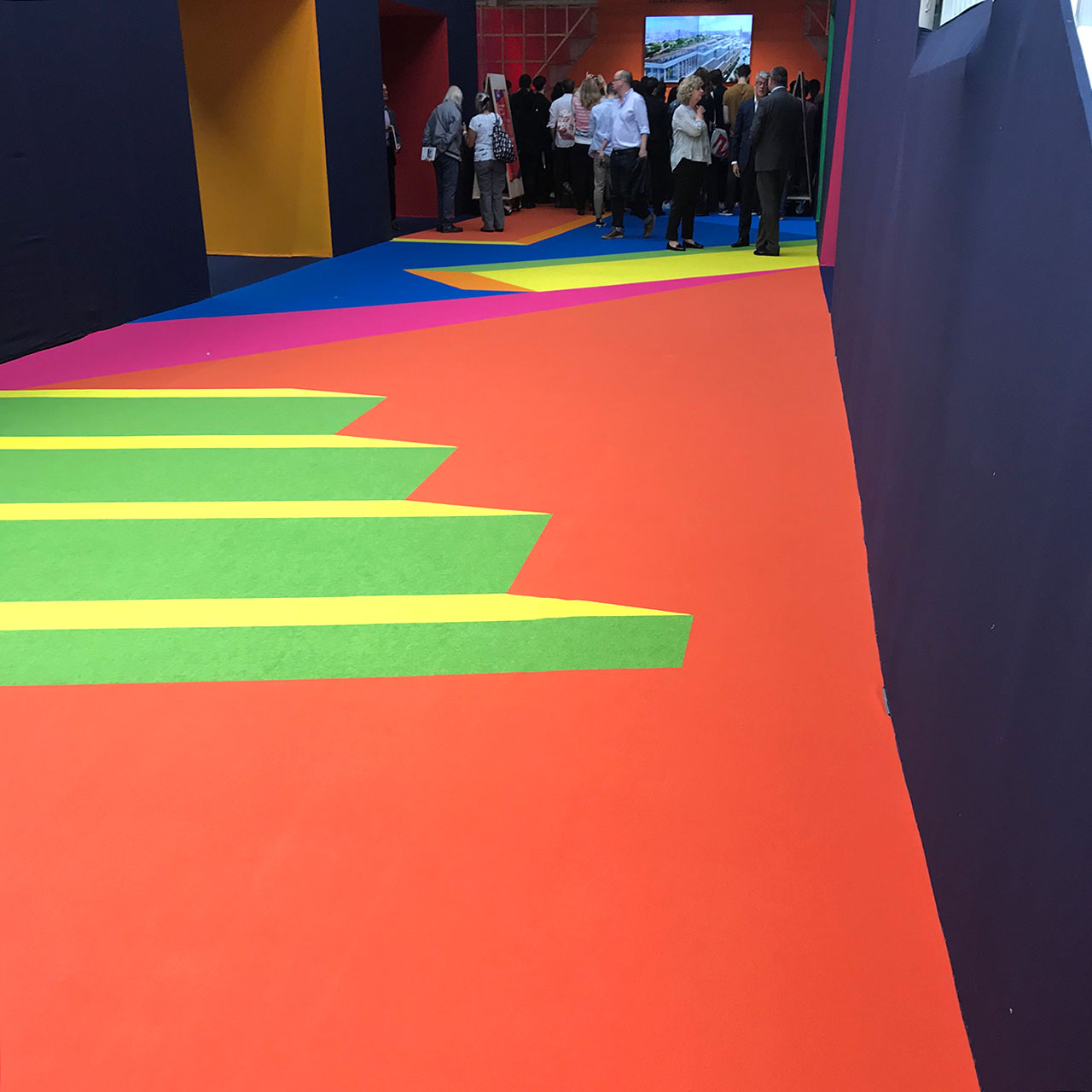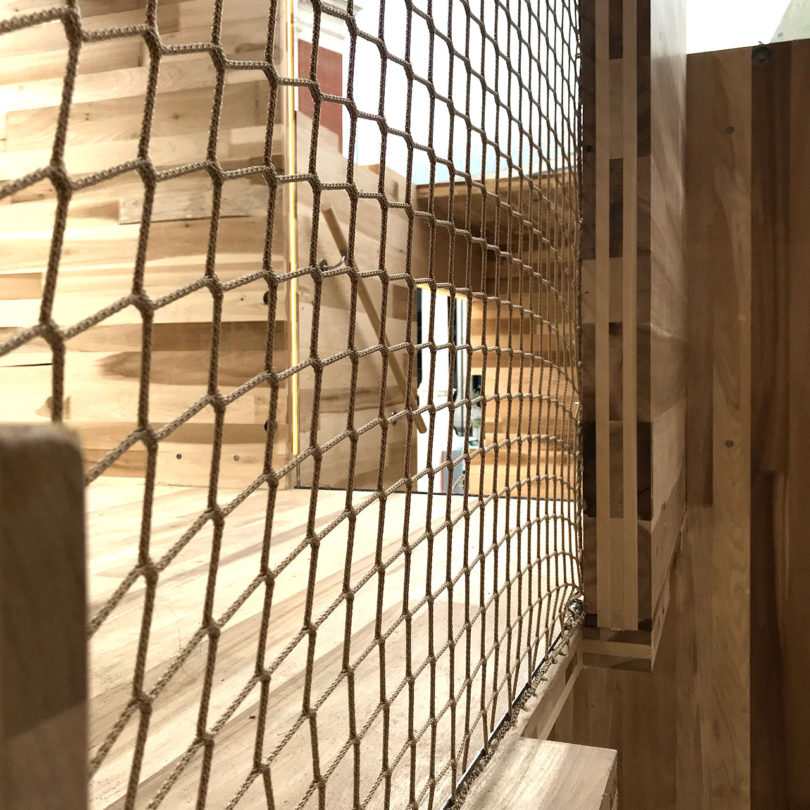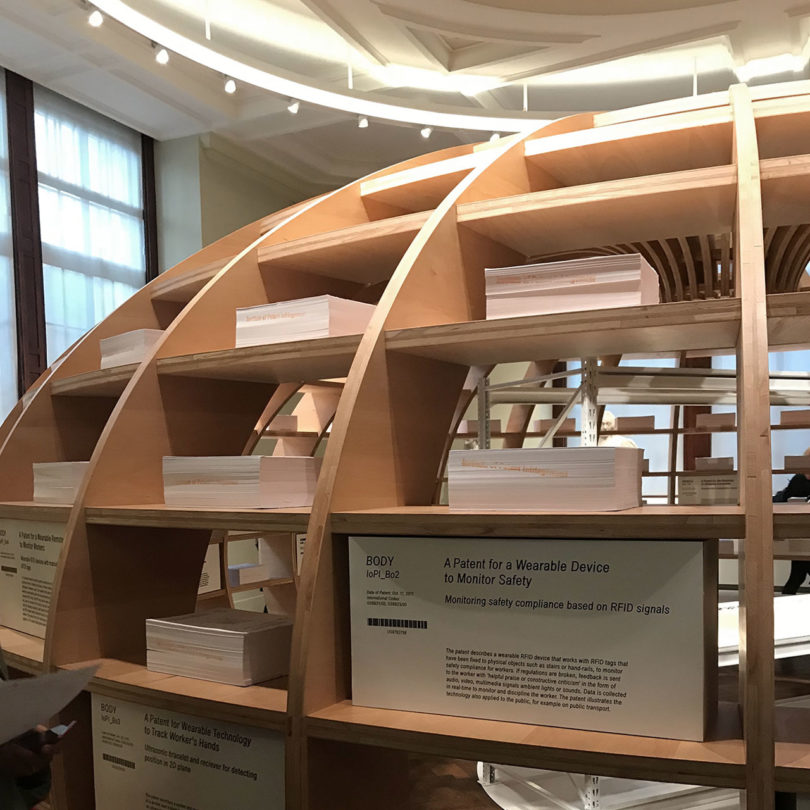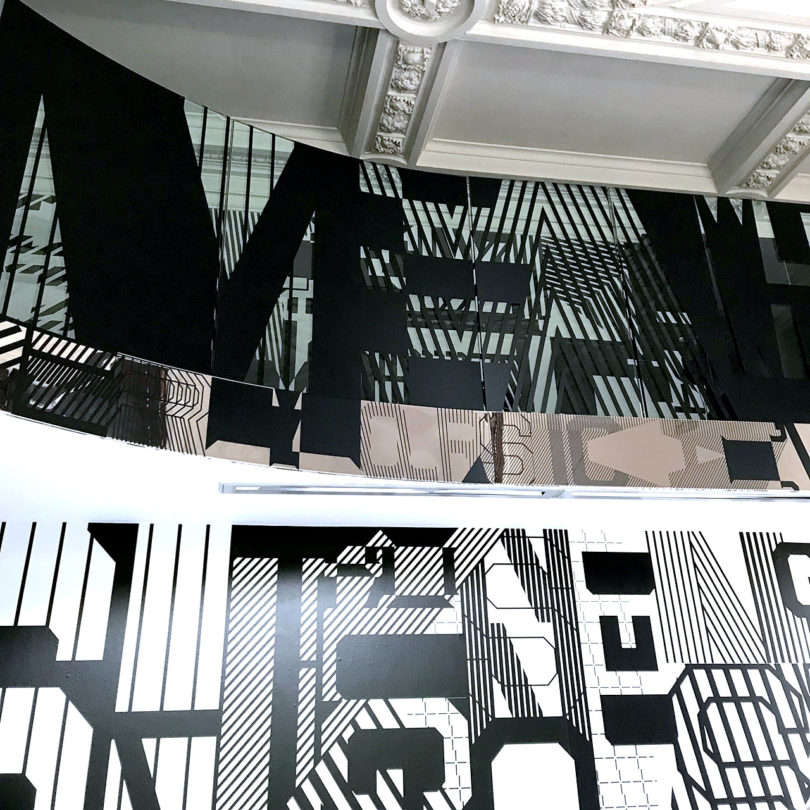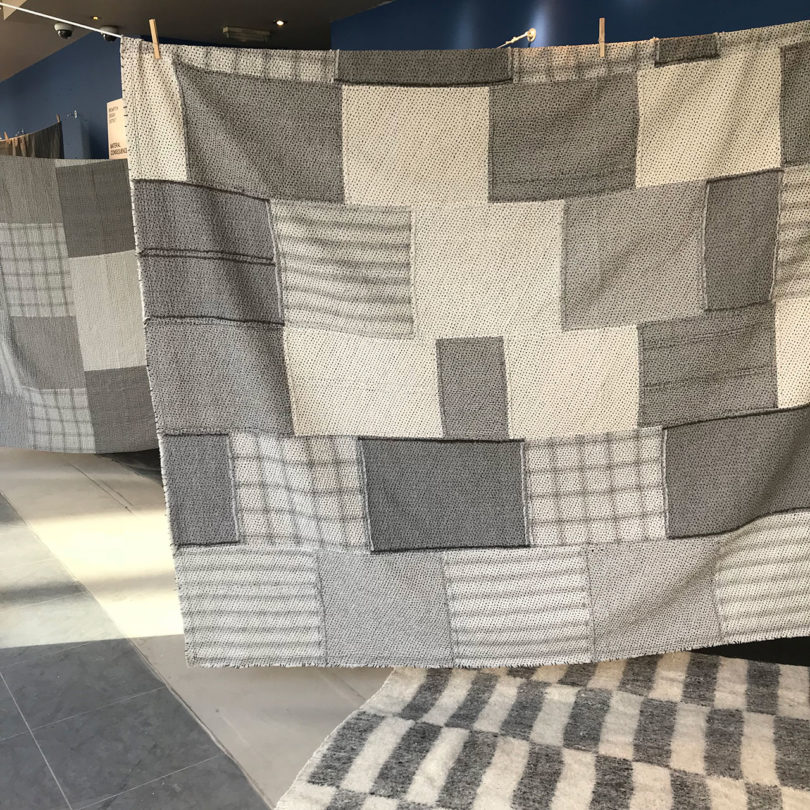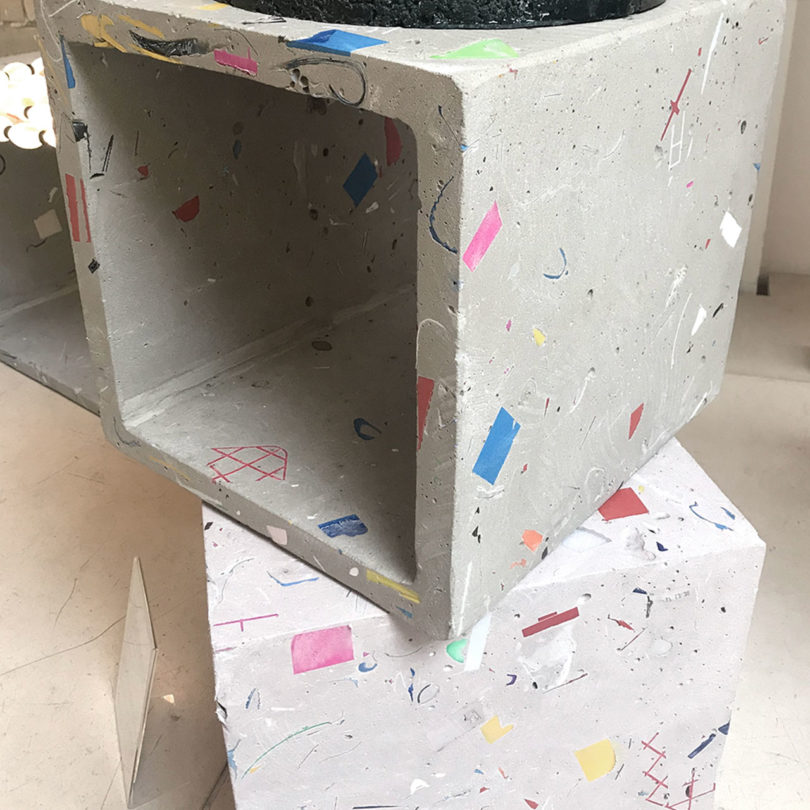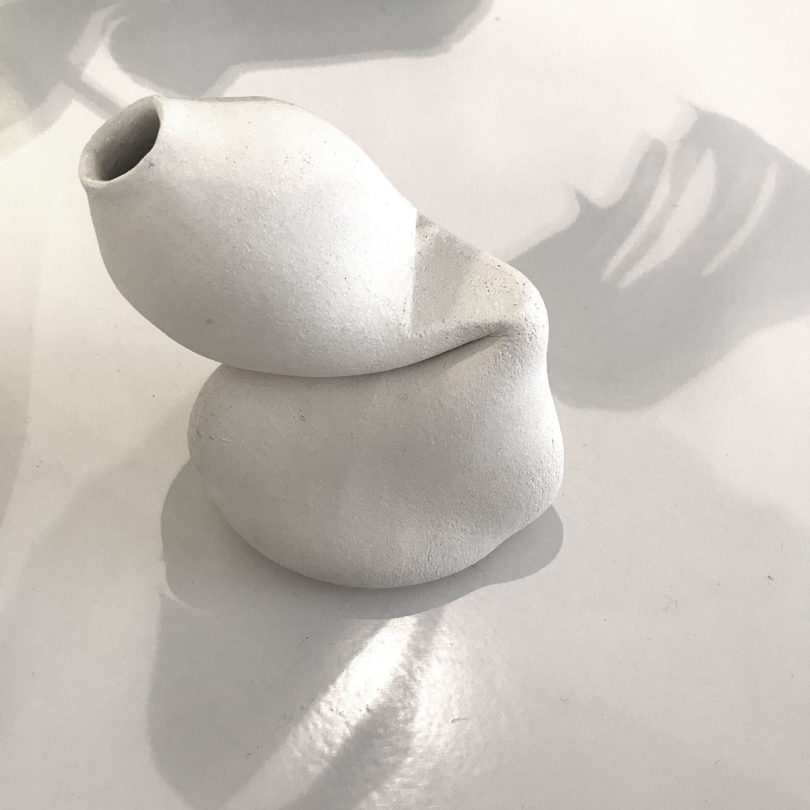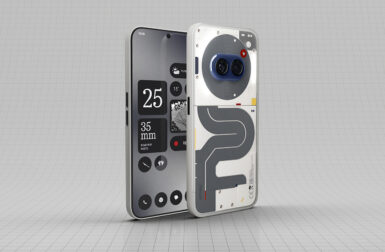2018 marks the 16th London Design Festival and the 10th consecutive year of working with the Victoria and Albert Museum. “I still have to pinch myself that they let us come and play in their museum,” said the director of the London Design Festival, Ben Evans. “It’s a very special relationship.” Senior curator Vicky Broackes added, “We have a very exciting programme here at the V&A and it is stunningly, notably, international.”
Before even setting foot inside the museum, the first installation to be housed in the new Sackler Courtyard was MultiPly – a collaboration between the American Hardwood Export Council (AHEC) Waugh Thistleton Architects and structural engineers Arup. The installation, a cross between a maze and a treehouse, demonstrates the capabilities of cross-laminated timber (CLT) to solve both the environmental crisis and the housing crisis. “This is a live experiment – we’re testing, learning and feeding back into architecture,” said AHEC’s David Venebles. “The main ambition of this project is to publicly debate how environmental challenges can be addressed through innovative, affordable construction,” added Andrew Waugh, co-founder of Waugh Thistleton. “We are at a crisis point in terms of both housing and CO2 emissions and we believe that building in a versatile, sustainable material such as tulipwood is an important way of addressing these issues.” The prefabricated modular structure can be taken down and reassembled in just a few days and the tulipwood used regrows in American woodlands in the time taken to explore the installation.
The Globe was designed by Cuban art collective Lose Carpinteros (The Carpenters) and can be interpreted as “a hemispherical map of the world, a bookcase, an interior from a great library classifying all human knowledge, a symbol of the universe or an architectural model.” For the London Design Festival, the Institute of Patent Infringement riffs of several of these themes, pulling together all of Amazon’s patent applications in one place, partly as a warning of what the future might hold, and partly as an open invitation for visitors to hack them and change the path we’re on.
The Tapestries Gallery plays host to the V&A’s collection of medieval tapestries and is a familiar site for LDF installations. This year, the dim lighting inspired designer Henrik Vibskov to create the Onion Farm with the idea of “something growing in the dark.” Colorful industrial brushes and red textile “onions” seem to grow from the structure, with light displays responding to the movement of visitors as they interact with its irresistible tactility.
The V&A’s member’s room was taken over by Dazzle, an immersive installation created by Pentagram, the graphic design agency behind the LDF branding, inspired by a type of experimental camouflage pioneered by British artist Norman Wilkinson and painted on to the surface of ships during the First World War to confuse the enemy about their shape and position.
An exhibition charting Beatie Wolfe’s innovative take on the concept of the album in the 21st century explores what design for music means in the digital age – from a theatre in the palm of your hand to an album as a deck of cards and wearable record “jacket.”
Elsewhere in the surrounding Brompton Design District, the emphasis was firmly on materials. With the strapline, “handmade, natural, ethical”, Stitch by Stitch creates handmade textiles for the home working with artisan weavers, embroiderers and quilt makers in Kutch, Gujarat, India and Nepal. The textiles are hand-woven, handspun, made with natural fibers, traditional techniques and often with natural dyes.
Seetal Solanki’s first book Why Materials Matter gets straight to the heart of the issue, exploring, for example, how dyeing fabric and making glue using ancient techniques may hold the secret to renewable and earth-friendly consumer products, how recycling plastics might help us to tackle food waste, and how a new lightweight metal might make air travel less fuel-reliant. An accompanying exhibition showcased the wackiest examples from the book such as a new material made from blood, that according to one visitor, smelt like “a veterinary practice.”
Futures agency FranklinTill explored whether it will ever be possible to live a “guilt-free” existence in environmental terms in an exhibition that changed every few days with a series of making workshops and posters featuring pull quotes from the latest “guilt-free” themed issue of their magazine ViewPoint.
Over at design-art gallery Mint, Duccio Maria Gambi’s experiments with adding recycled plastic as a graphic element to the concrete casting process have resulted in these Inerte Grafico Tables.
And finally, Norwegian artist Lillian Tørlen’s Over The Edge is a sculptural piece that challenges the material qualities of ceramic. Each piece is altered while in its “leather” state through an interaction with its surroundings before being fired hard. Some pieces, such as this one, are subtly altered and have an easy relationship with the space in which they sit – others are damaged or torn and sit less comfortably in the space that altered them.
